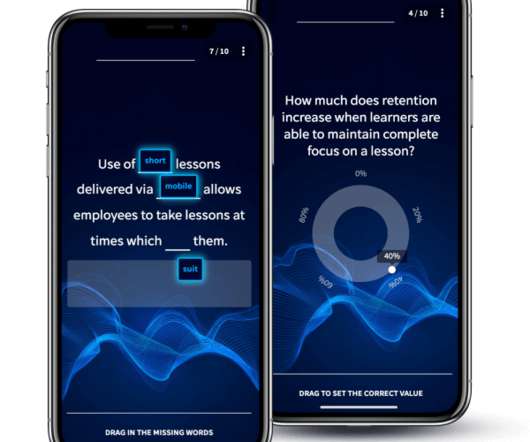Quinn-Thalheimer: Tools, ADDIE, and Limitations on Design
Clark Quinn
DECEMBER 23, 2014
On the other hand, processes like ADDIE make it easy to take a waterfall approach to elearning, mistakenly trusting that ‘if you include the elements, it is good’ without understanding the nuances of what makes the elements work. First, before I harp on the points of darkness, let me twist my head 360 and defend ADDIE. It just might.





















Let's personalize your content